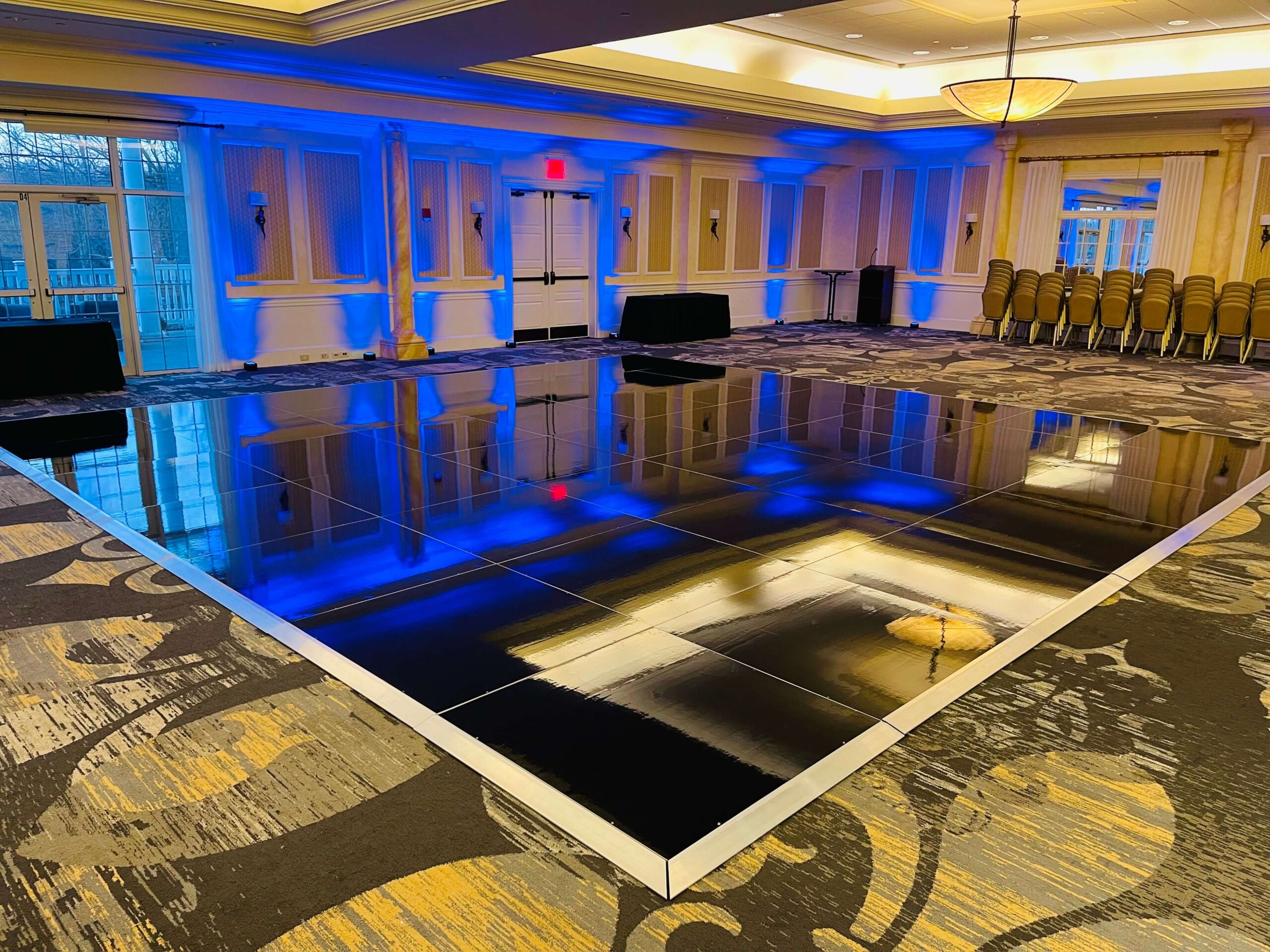Essential Safety Protocols to Ensure a Enjoyable and Secure Dancing Floor Party at Occasions
Essential Safety Protocols to Ensure a Enjoyable and Secure Dancing Floor Party at Occasions
Blog Article
As organizing an occasion with a dance floor, guaranteeing the security of all participants is essential. A enjoyable and safe dance floor experience can enhance the general satisfaction of the occasion. To attain this, event organizers should establish key safety protocols that address different aspects of the dance environment. These guidelines not only safeguard guests but also foster a friendly atmosphere where all can feel at ease and have a good time.
One of the primary safety factors is the spatial area of the dance floor. It is crucial to make sure that the space is large enough to hold the anticipated number of guests. A packed dance floor can result to incidents, such as tumbles or crashes. Organizers should also check the flooring material to ensure it is suitable for dancing. Smooth surfaces, such as wood or vinyl, are preferred, while rug can pose slipping hazards. Additionally, maintaining the dance area free of obstacles, such as seats or tables, will help avoid injuries and allow for a more enjoyable experience.
Lighting plays a crucial role in creating a secure dance floor setting. Proper illumination not only sets the atmosphere for the occasion but also helps guests navigate the area safely. Low lighting can make it hard for dancers to see their environment, increasing the chance of accidents. Therefore, organizers should use a combination of ambient and directed lighting to illuminate the dance floor sufficiently. Emergency signs should also be easily visible, and planners should ensure more tips here that the illumination is adjustable to suit different types of music and dance styles.
Another crucial aspect of security on the dance floor is crowd management. Occasion staff should be trained to oversee the dance space and make sure that guests are acting appropriately. This includes tackling any instances of overcrowding or unacceptable behavior that could lead to issues. Additionally, having a specific area for guests to take breaks can help minimize fatigue and prevent accidents. Offering water stations nearby can also promote hydration, which is essential for maintaining energy levels during the dance.
Ultimately, it is crucial to communicate safety guidelines to all participants. Before the occasion begins, organizers should inform guests about the regulations and guidelines for the dance floor. This can include reminders to be mindful of their environment, respect personal boundaries, and avoid excessive alcohol consumption. Providing clear instructions can help foster a culture of safety and responsibility among guests. By cultivating an environment where everyone is conscious of safety measures, event planners can guarantee that the dance floor remains a fun and secure space for all participants.